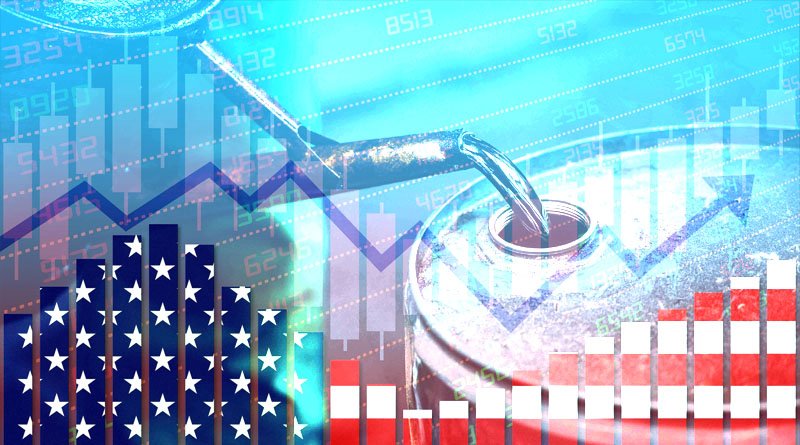Commercial crude oil inventories rose by roughly 1.6 million barrels during the week ending March 10, according to data from the Energy Information Administration.

The U.S. economy may be in trouble because of bloated crude oil inventories and a decrease in the supply of petroleum products being released onto the market according to Wednesday’s Energy Department data.
Commercial crude oil inventories rose by roughly 1.6 million barrels during the week ending March 10, according to data from the Energy Information Administration, the department’s statistical division.
Domestic storage is currently 7% higher than the five-year average for this time of year, totaling 480.1 million barrels. Oil inventories for the 38 members of the Organization for Economic Cooperation and Development were at an 18-month high globally, according to the Paris-based International Energy Agency.
The total amount of refined petroleum products supplied in the U.S. economy during the four weeks ending March 10 decreased 6.4% from the same time last year. That metric is used by economists as a stand-in for demand.
The chief oil analyst at the Oil Price Information Service, Denton Cinquegrana, told UPI that the figures for product supplied are alarming. These numbers resemble a recession, he said. Given growing worries about a banking crisis brought on by the failure of Silicon Valley Bank in California, the forecast for the coming week should point to even more turbulence.
A research note from Swiss investment bank UBS was sent to UPI and stated, “Some might wonder why a banking crisis is hitting oil so hard, as it is unlikely to impact crude demand and production. But in times of high volatility, investors frequently stay away from risky assets like oil and place their money in more secure areas of the market.
In other areas, energy prices are still high even though inflationary pressures in the US economy are easing at both the retail and wholesale levels. Over the 12-month period ending in February, the Consumer Price Index’s entire energy component shows a 5.2% increase.
The adoption of the summer blend of gasoline, which is more expensive to make due to the additional steps needed to keep it from evaporating in warmer months, is the reason why retail gasoline prices are rising.
